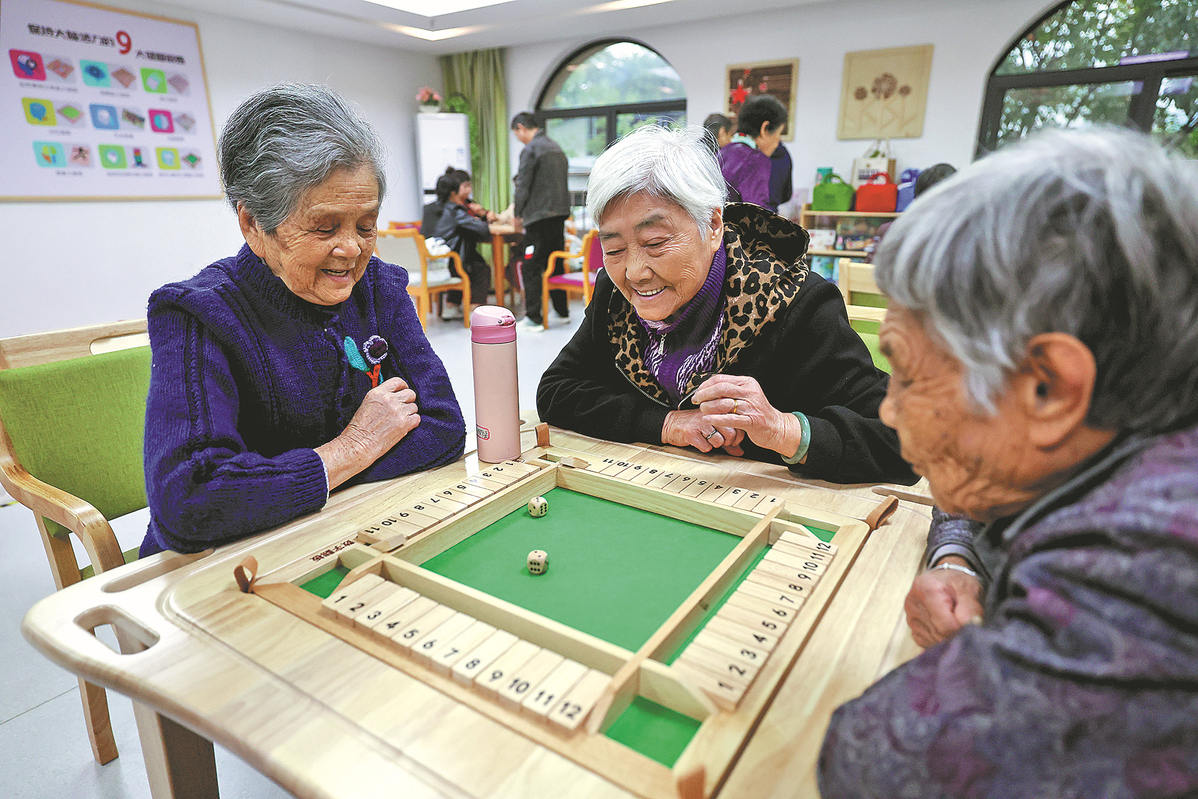Basic nationwide elderly care service system a step closer
Ministry of Civil Affairs tasked with developing policies for aging population. Wang Xiaoyu reports.
By Wang Xiaoyu | CHINA DAILY | Updated: 2024-02-05 07:12

Du Peng, head of the gerontology research institute at the Renmin University of China, said in a Global Times article in late 2022 that the central leadership had called for the implementation of a national strategy to actively respond to population aging and had released detailed blueprints.
The next key step was carrying out measures at the grassroots level and making them accessible to the elderly and those in need, he added.
"For the most vulnerable groups, governments should increase subsidies to ensure they can be covered, while some elderly could enjoy both government-subsidized services and market-oriented services," he said.
Yuan said China's elderly population first exceeded 10 percent of the total in 2000 and has been growing rapidly in recent years.
"By the middle of this century, the elderly population is predicted to peak at 520 million, taking up 40 percent of the total population," he said. "As people born during times of low fertility will enter old age during the latter half of this century, the number will fall to around 360 million, but the aging trend will continue to deepen and likely approach 50 percent."
Yuan said the working-age population — defined as those age 15 to 59 — would fall from around 870 million at present to 650 million by around 2050.
However, he added, the trend would not necessarily result in a labor shortage because artificial intelligence, robots and other scientific advances could take the place of human labor in a modern digital society, and competition in the employment market would remain intense with a growing number of graduates from colleges and technical schools.
























